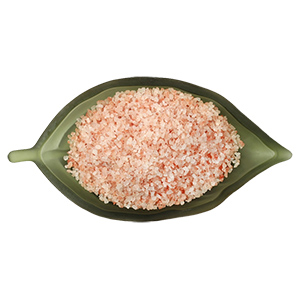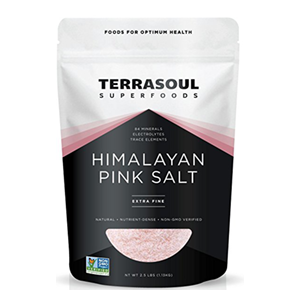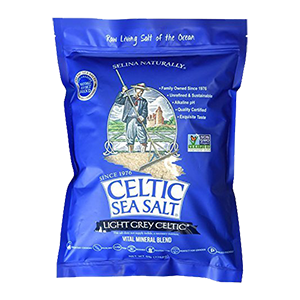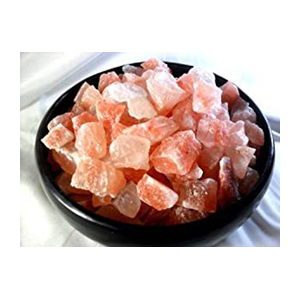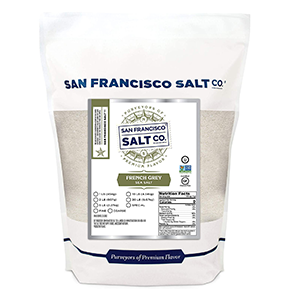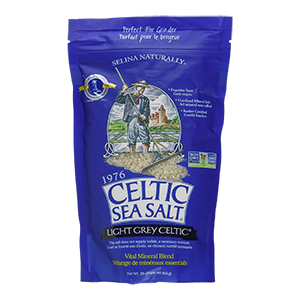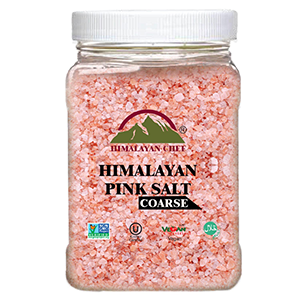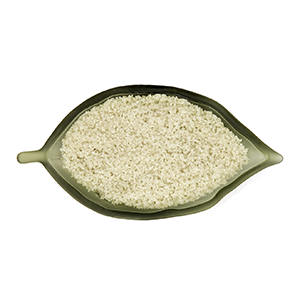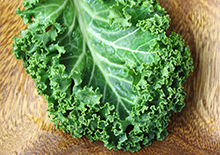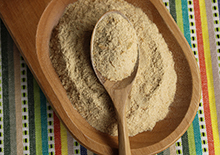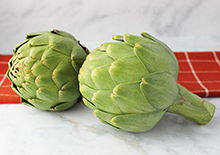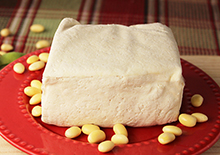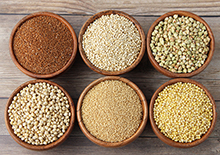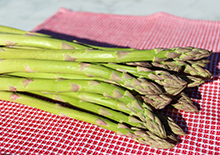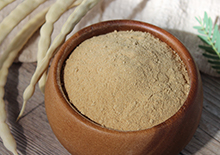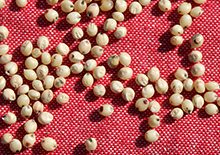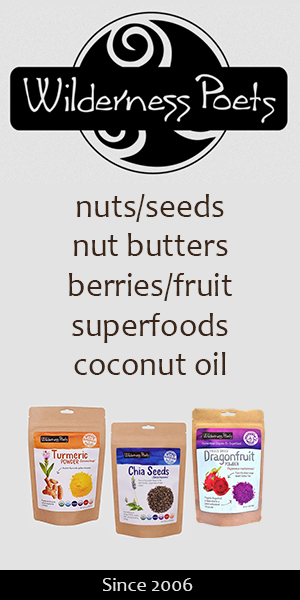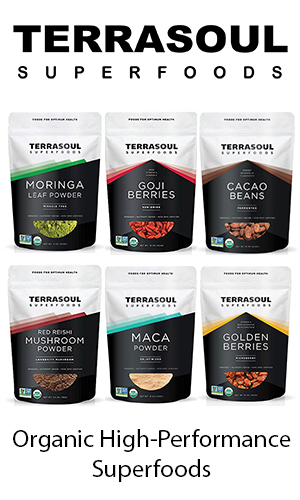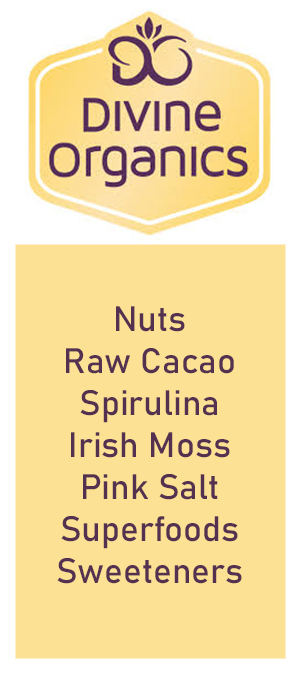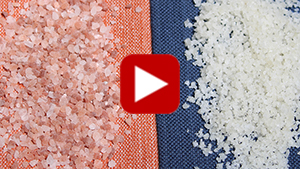- Home
- Plant-Based Cooking
- Himalayan Salt Vs Sea Salt
Himalayan Salt Vs Sea Salt, 7 Major Differences
Source | Types | Color and Texture | Compared to Table Salt | Refined or Unrefined | Nutritional Differences | Sustainability | Precautions | Shop
1) They Come From Different Sources
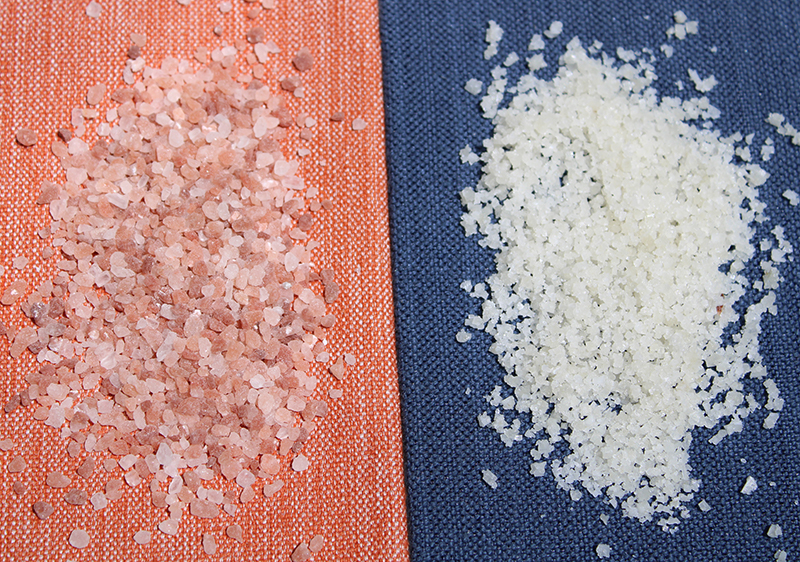
The first difference between Himalayan salt vs sea salt is that Himalayan is considered a type of rock salt. Different than sea salt, it has to be mined from the earth rather than collected along the sea shore.
Both forms occur from the evaporation of saltwater or saline lakes. However, sea salts by comparison are newly formed salt deposits that collect on the earth's surface.
Table of Contents
Source | Types | Color and Texture | Compared to Table Salt | Refined or Unrefined | Nutritional Differences | Sustainability | Precautions | Shop
Himalayan salt is an ancient salt that's been compressed over millions of years. It's believed to be one of the purest unpolluted forms of salt for this reason.
Most all commercial Himalayan salt on the market today comes from the Khewra salt mine, located along an area known as the Salt Range in Punjab Pakistan at the base of the Himalayas.
Sea salt, on the other hand, can be collected all over the world from salt deposits in coastal or saline lake environments.

2) Types of Sea Salt and Himalayan Salt
While there is only one type of Himalayan salt mined from the specific region mentioned, there are many types of sea salt that are collected all over the world. Most sea salt production for commercial use takes place in the warm, dry climates of the Mediterranean Sea.
The popular type of sea salt we are most familiar with is grey salt also known as French grey salt (Sel gris), light grey sea salt or Celtic Sea Salt, the latter being a brand name.
Grey salt is predominantly harvested around the Celtic Sea region, mainly Brittany, France but can also come from other nearby coastal areas. Grey salts are moist mineral-rich crystals that take on a grey color from the natural clay and sand that lines the hand-raked salt flats.
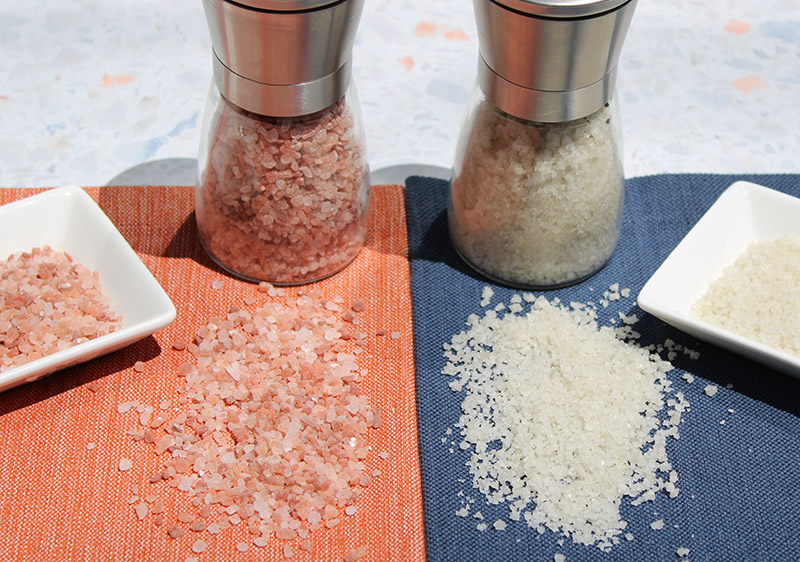
3) Different Color and Texture
The color and texture of Himalayan salt vs sea salt are somewhat different. Himalayan, also known as "pink salt" is often a rosy-salmon color but shades can also range from sheer white or translucent. Darker pigments are indicative of its mineral concentration and iron oxide content.
Sea salt can have a range of pigmentation due to its local environment and its specific geologic composition. But generally, most commercial sea salt is a white to off-white color.
While there are many other colored salts from black to red, these are usually sea salts with pigments added to them.
Himalayan salt is a drier salt that's available in large rock-like crystals, mini pebbles or is finely ground. Sea salt is generally much smaller in size as a coarse salt and can have a moist texture. Both coarse varieties can be utilized in ceramic non-metallic salt grinders for ease of use.
4) Himalayan and Sea Salt Vs Table Salt
The principal component of all forms of salt is sodium. However, Himalayan and sea salt varieties are a definite upgrade from refined table salt. Why?
Natural unrefined salts like sea salt or pink salt contain a valuable percentage of nutritive trace minerals that make the sodium element easier to efficiently utilize.
Regular table salt is a highly refined version of sea salt that's been stripped of its mineral content to concentrate the sodium chloride element. Furthermore, it's bleached and processed with toxic ingredients like the anti-clumping agent’s sodium aluminosilicate or magnesium carbonate. These are added to create a more free-flowing texture.
Refined table salt is a toxin in our opinion and should largely be avoided.
Concentrated table salt can influence blood pressure, causing it to rapidly rise as the blood attempts to remove its toxic impact. Highly refined table salt can also be very addictive. Regular intake can make you crave more of it, consequently exacerbating certain health issues as well as disrupting the body's fluid balance.
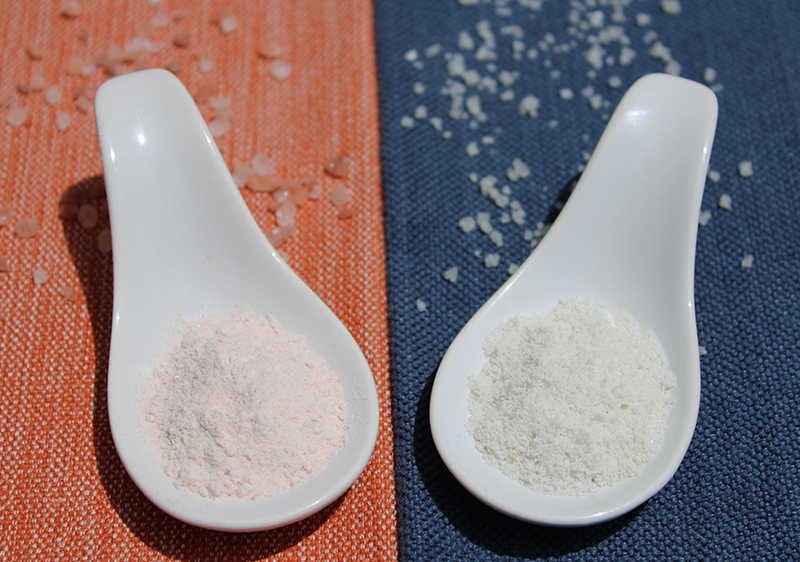
5) Refined Vs Unrefined
Himalayan salt is usually never refined. That's why most available always retain a pink color. When finely ground it may look a bit more white than pink, but it is still unrefined.
Sea salt can either be refined or unrefined. Table salt and kosher salt, for example, are derived from sea salt but are refined, in which case they are never called sea salt.
Any product labeled "sea salt" means it still contains varying degrees of minerals, depending on the source.
6) Himalayan Salt Vs Sea Salt, Nutrition and Benefit Differences
When taking a closer look at the mineral composition of Himalayan salt vs sea salt, both are considered good sources of trace mineral content. Exact ratios however can obviously differ.
To ensure a broad spectrum of minerals, which may vary, we recommend using quality sea salt and pink Himalayan interchangeably.
The one bonus that many sea salts have over pink salt types is their small amount of IODINE content.
Himalayan salt is usually void of this essential nutrient. One advantage it does have over sea salt is its unpolluted purity as it comes from ancient deep sedimentary deposits in the earth.
Visit our page for more detail info about Himalayan Pink Salt.
Likewise, this intense amount of pressure over time produced a unique geometric crystalline structure. Some claim this crystal-like feature stores "higher energy vibrations" as well as provides minerals in a colloidal form that are easier to assimilate.
Pink salt lamps are utilized for their claimed negative ionizing properties, believed to help cleanse EMFs from one's indoor living spaces.
Even natural quality salts should be consumed in small amounts not used in excess and within a health-promoting diet. The Recommended Daily Intake for salt is between 3/4 - 1 teaspoon or approximately 1500 - 2300 milligrams (2.3 grams) per day for adults, depending on current state of health and other factors.
7) Sustainability Comparison of Himalayan Salt Vs Sea Salt
While sea salt is an abundant renewable resource on planet earth, Himalayan salt is a finite non-renewable material.
But, because there is so much of it, it is estimated that with the current extraction rate, the millions of tons of salt in the Khewra salt mine would last for another 350 years.
Precautions:
Both sea salt and Himalayan salt should be avoided or used in limited amounts by those with high blood pressure or other associated disorders. Consult your health care provider for specific recommendations if you are pregnant, nursing, taking prescribed medication or have a serious health condition.
Shop Related Products (About Affiliates & Amazon Associate Paid Links)
Affiliate Disclaimer: This section contains affiliate product links. If you make a purchase through our recommended links, we receive a small commission at no additional cost to you. Thanks for the support.

